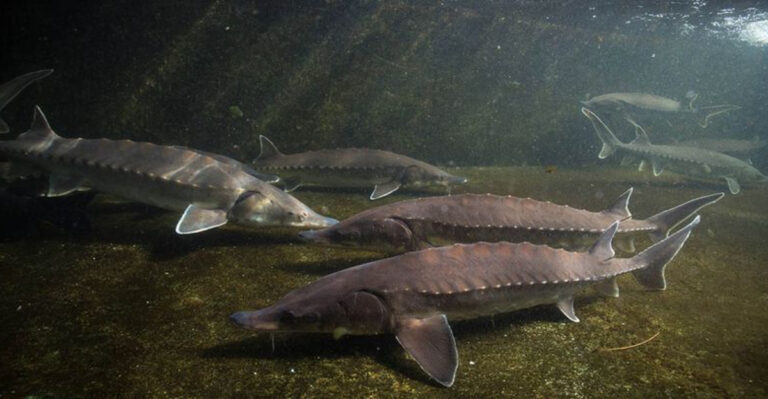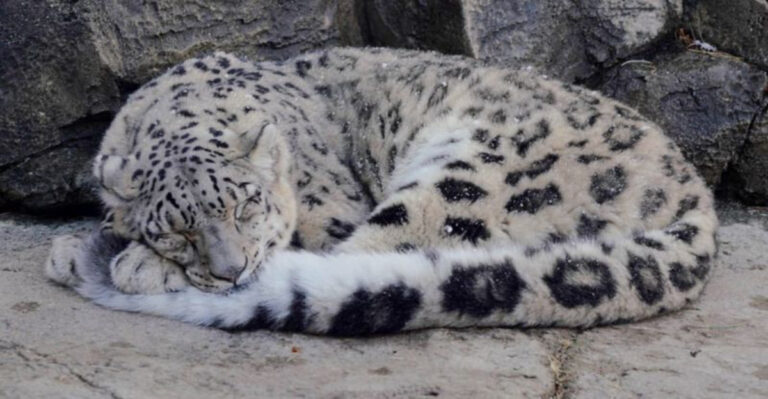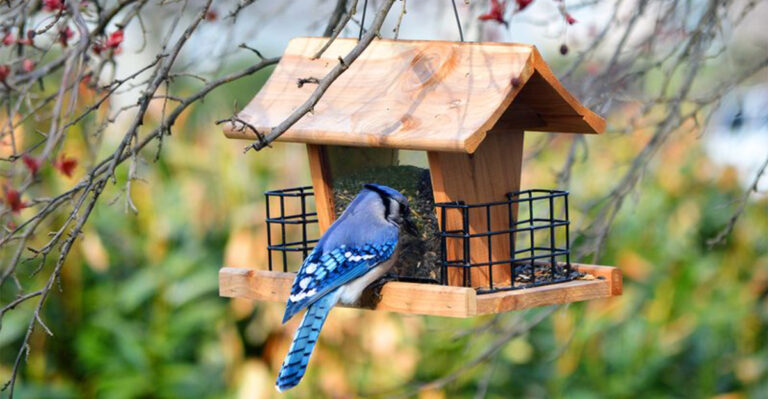12 Simple Ways We Can Help Save Wild Cats In The U.S.
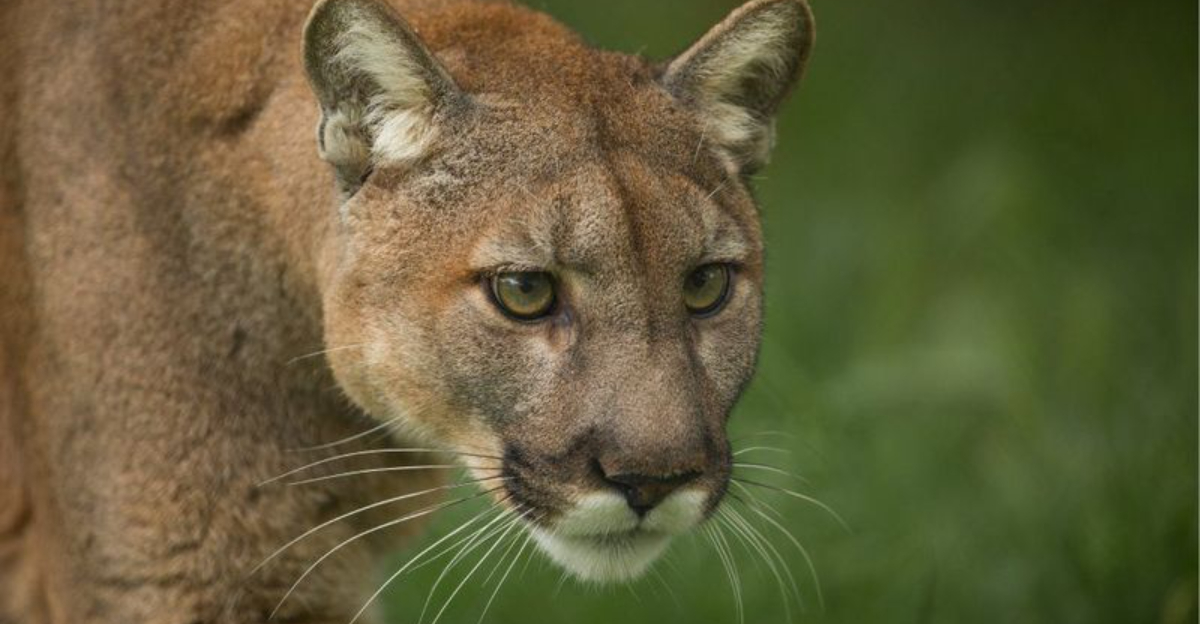
Wild cats like bobcats, mountain lions, and the endangered Florida panther face serious threats across America. Their habitats are shrinking as cities expand, and many cats die from vehicle strikes on highways that cut through their territories.
The good news is that anyone can help these magnificent creatures survive! From small changes at home to community action, we all have the power to make a difference in protecting these amazing animals.
1. Support Local Conservation Groups
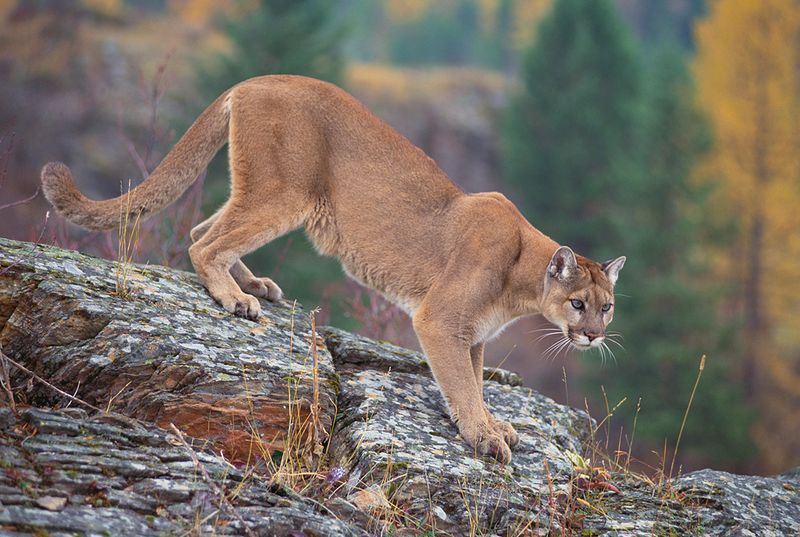
Local wildlife organizations often lead the charge in protecting wild cats through habitat preservation, research, and rescue operations. These grassroots groups understand the specific challenges facing cats in your region.
Your donation – even just $10 a month – provides essential resources for tracking collars, rehabilitation facilities, and educational programs. Many organizations also offer volunteer opportunities where you can help with habitat restoration or community outreach.
Look for groups specifically focused on wild cats or general wildlife conservation in your state. Their work directly impacts the survival of these magnificent animals.
2. Drive Carefully In Wildlife Areas
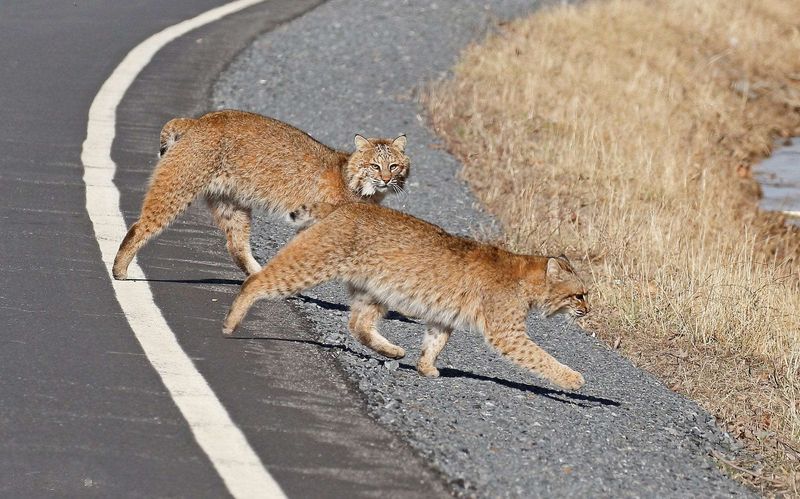
Vehicle collisions kill hundreds of wild cats yearly, especially in areas where roads cut through natural habitats. Slowing down in known wildlife crossing zones gives you precious extra seconds to spot and avoid an animal.
Pay extra attention at dawn and dusk when cats are most active. Those yellow “Wildlife Crossing” signs aren’t just decorations – they mark high-risk areas where animals frequently cross.
If you spot one wild animal crossing, remember others might follow. Being alert behind the wheel costs nothing but can save the life of a rare wild cat and prevent dangerous accidents.
3. Supervise Pets And Livestock
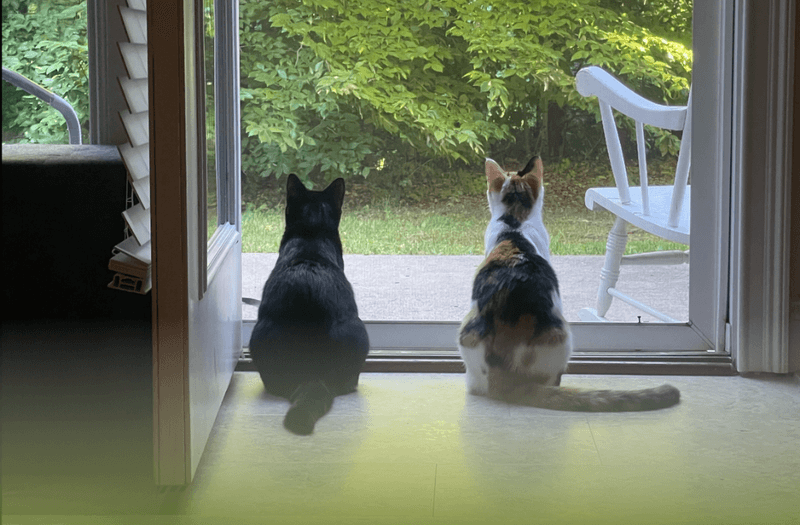
Supervising pets and livestock is vital for protecting wild cats in the U.S. Keeping pets indoors, especially at night, prevents dangerous encounters with wild cats.
Secure enclosures for livestock protect them from predation, reducing conflicts. This not only safeguards your animals but also prevents retaliation against wild cats.
Simple precautions help ensure peaceful coexistence between humans and these elusive predators.
4. Avoid Using Rodenticides

Rat poisons don’t just kill rodents – they work their way up the food chain. When a mountain lion eats several poisoned mice or rats, the toxins accumulate in their system, causing internal bleeding, weakness, and often death.
Studies in California found rodenticide contamination in over 90% of mountain lions tested! This silent killer weakens these magnificent predators, making them vulnerable to disease and other threats.
Choose wildlife-friendly alternatives like snap traps, electronic traps, or ultrasonic repellers. If you must use pest control services, ask specifically for methods that won’t harm local wildlife. Prevention through sealing entry points and removing food sources works best.
5. Report Wild Cat Sightings
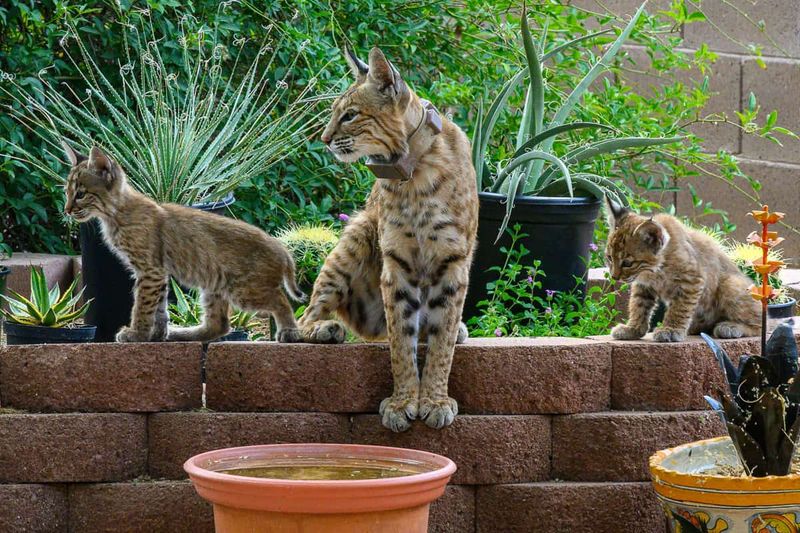
Spotted a bobcat in your neighborhood or a mountain lion while hiking? That information helps scientists track population health and movement patterns! Many state wildlife agencies have special reporting systems for wild cat sightings.
Take photos if possible (from a safe distance), note the location, time, and the animal’s behavior. This citizen science approach provides valuable data that researchers couldn’t gather alone.
Your reports help create more accurate range maps and identify important corridors that need protection. They also alert wildlife managers to cats entering populated areas, potentially preventing dangerous situations for both humans and animals.
6. Plant Native Vegetation
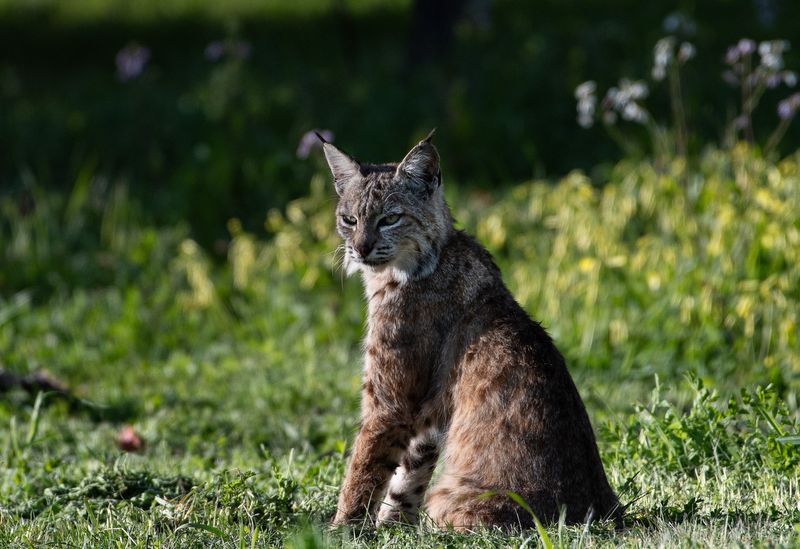
Wild cats rely on healthy ecosystems filled with native plants that support their prey. Your yard can become part of the solution! Native trees, shrubs, and grasses attract birds, rabbits, and rodents – the natural food sources that sustain wild cats.
Remove invasive species that crowd out beneficial plants and disrupt the food web. Even small urban gardens can serve as stepping stones between larger habitat patches, helping cats move safely through fragmented landscapes.
Bonus: Native plants typically require less water and maintenance than exotic ornamentals. Your local extension office can recommend the best native species for your specific region and soil type.
7. Advocate For Wildlife Crossings

Roads fragment wild cat territories, forcing dangerous crossings that kill countless animals yearly. Wildlife bridges and underpasses provide safe passage, dramatically reducing roadkill while connecting isolated populations.
These crossings work amazingly well! In Florida, panther deaths dropped significantly in areas with wildlife underpasses. In Wyoming, mountain lions regularly use bridges to safely cross highways that once claimed many lives.
Contact your local representatives about supporting these structures in your area. Share information on social media about successful crossing projects, and support organizations advocating for wildlife-friendly infrastructure. Your voice helps build momentum for these life-saving investments.
8. Secure Trash And Pet Food
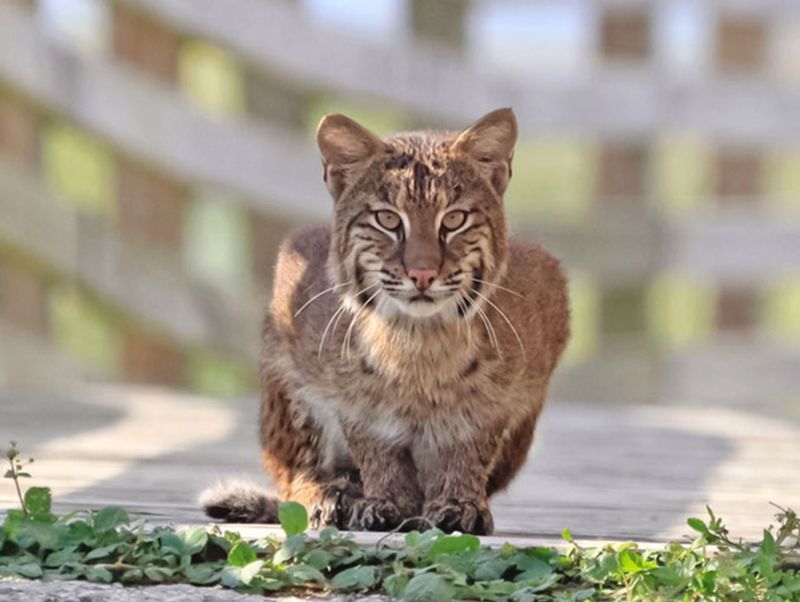
Food attracts trouble! Unsecured garbage and outdoor pet food draw raccoons, opossums, and other small animals into residential areas. These creatures then attract wild cats, creating potentially dangerous human-wildlife encounters.
Mountain lions rarely attack humans, but encounters increase when cats associate neighborhoods with easy meals. Use wildlife-proof trash containers, especially if you live near natural areas. Feed pets indoors or remove outdoor dishes after feeding.
These simple steps discourage wild cats from becoming habituated to human spaces. This protects both wildlife and people – when a wild cat becomes a “nuisance animal,” it’s often relocated or even euthanized, outcomes we all want to prevent.
9. Learn And Share Facts About Wild Cats
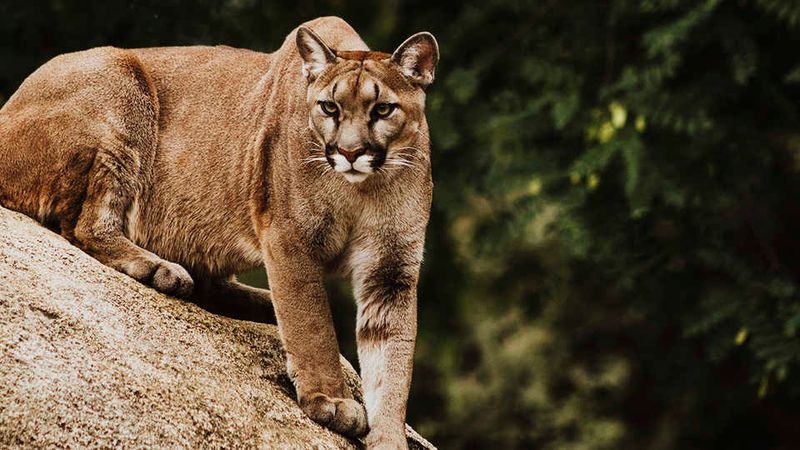
Myths and misunderstandings fuel fear of wild cats. Many people don’t realize that mountain lions almost never attack humans, or that bobcats help control disease-carrying rodent populations. Education changes attitudes!
Read books, watch documentaries, and follow wildlife organizations to learn about these amazing animals. Share accurate information with friends and family, especially those who might fear or dislike predators.
Host a neighborhood presentation about local wild cats, or ask your child’s teacher about a classroom visit from a wildlife educator. When communities understand the value of wild cats, they’re more likely to support conservation efforts rather than demanding removal of these essential predators.
10. Support Research Through Citizen Science
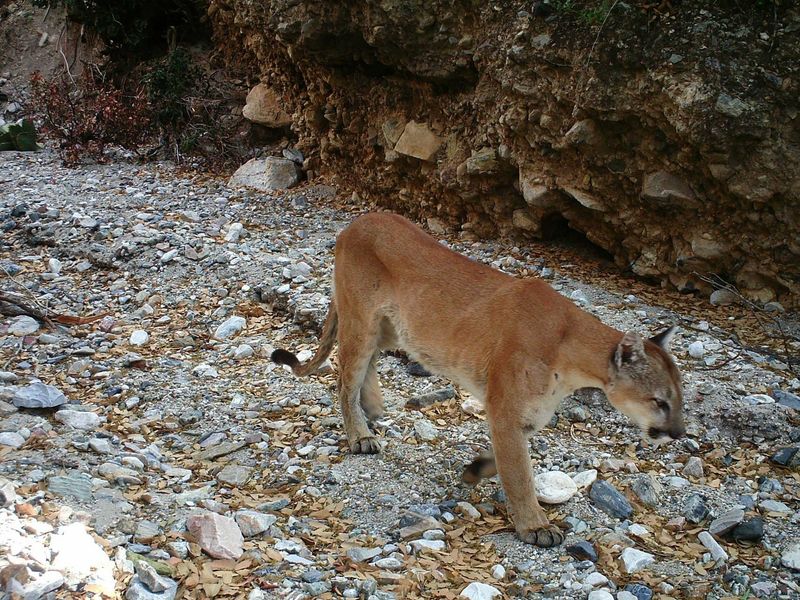
Scientists need help tracking elusive wild cats across vast territories. Citizen science projects let anyone contribute valuable data without specialized training. Programs like Snapshot USA use trail cameras to document wildlife, while others collect roadkill reports or track paw prints.
Many projects provide equipment and training – all you need is enthusiasm! Your participation helps researchers understand population trends, habitat use, and behavior patterns critical for conservation planning.
These projects create unique connections between communities and local wildlife. Seeing a wild cat captured on your trail camera creates powerful personal investment in conservation. Search online for citizen science opportunities focused on wild cats in your region.
11. Choose Wildlife-Friendly Fencing

Traditional barbed wire fences injure and kill countless wild cats yearly. These animals naturally jump fences while hunting or traveling between territories, but can catch paws or limbs in the barbs, leading to painful injuries or death.
If you live in rural areas, consider wildlife-friendly alternatives. Smooth wire top and bottom strands allow safer passage. Removing the top strand or adding a PVC pipe cover prevents injuries when cats jump over.
For smaller properties, wooden rail fences or those with wider spacing at the top and bottom create safer wildlife corridors. These simple modifications maintain security for livestock while allowing wild cats to move freely through their natural ranges.
12. Reduce Light Pollution
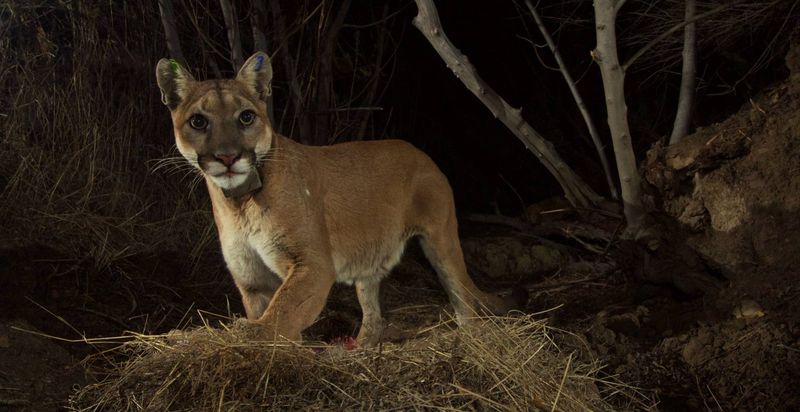
Excessive outdoor lighting disrupts natural behaviors of wild cats and their prey. These predominantly nocturnal hunters rely on darkness for successful hunting, and bright lights can force them to abandon otherwise suitable habitat.
Use outdoor lights only when needed, and choose fixtures that direct light downward rather than into the sky. Motion sensors ensure lights activate only when necessary. Lower-intensity amber or red bulbs disturb wildlife less than bright white or blue lights.
Reducing light pollution helps wild cats maintain natural hunting patterns while benefiting other wildlife and letting you enjoy starry skies! Many communities now have “dark sky” ordinances – consider advocating for similar measures in your town.


